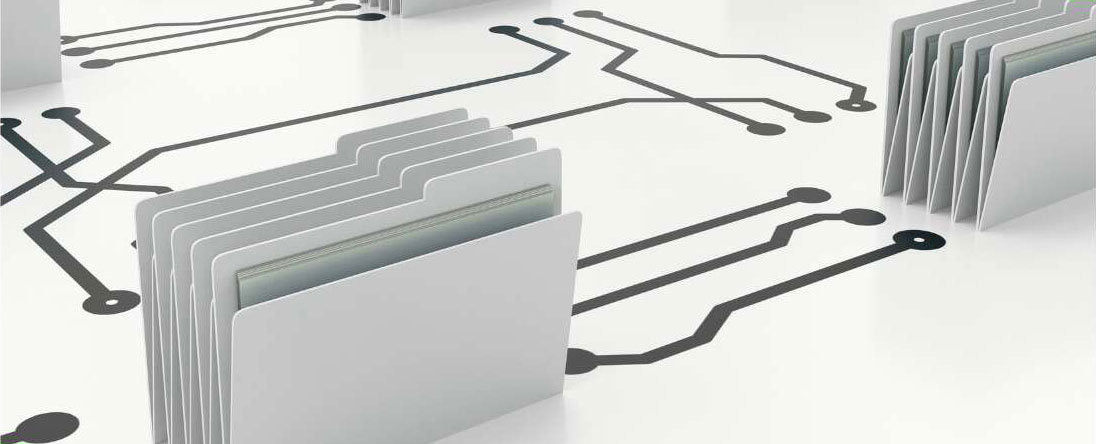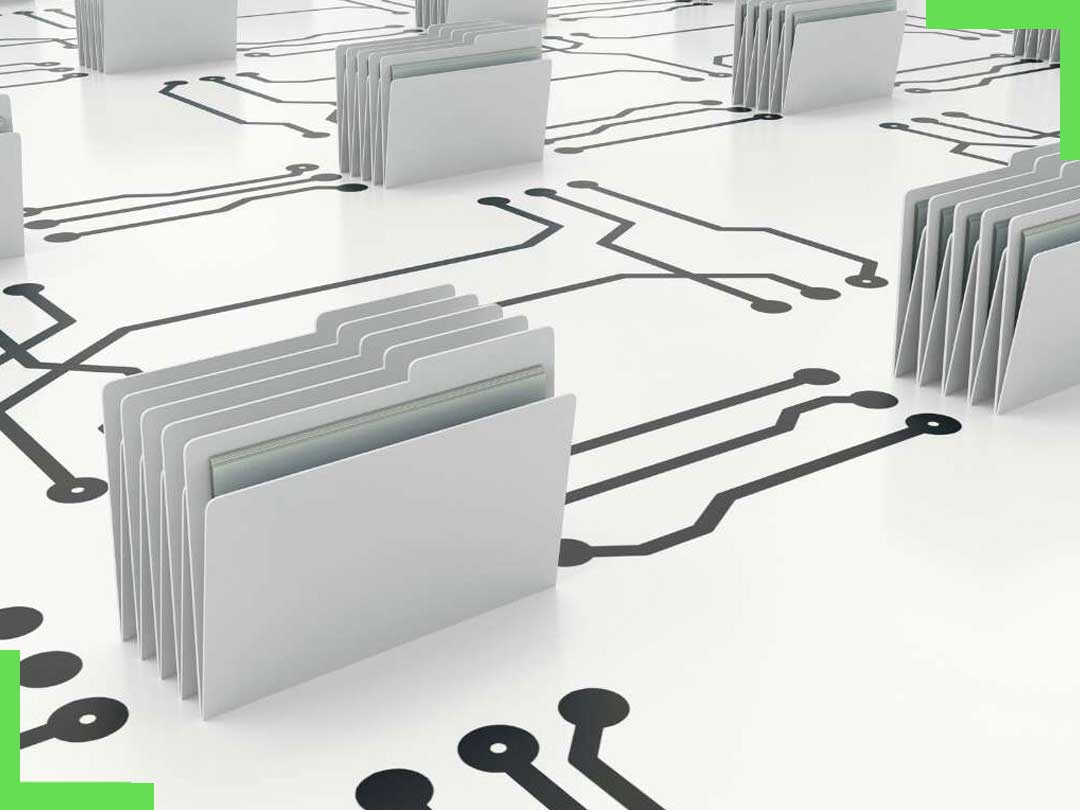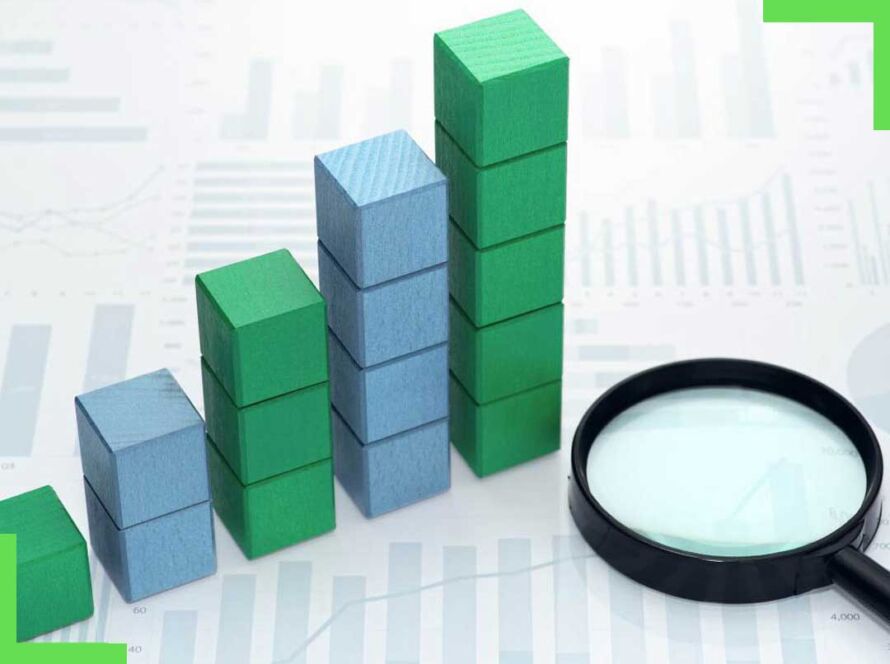
In finance, data has always been a double-edged sword. On one hand, you need it to drive personalisation, understand customer journeys, and measure ROI. On the other, the industry operates under some of the strictest data privacy and compliance mandates in the world—GDPR, GLBA, PCI-DSS, and increasingly, state-by-state consumer privacy laws.
With the deprecation of third-party cookies and growing restrictions around cross-site tracking, traditional attribution models are breaking down. Financial marketers are flying blind, unable to see which channels drive account openings, loan applications, or card conversions.
Data clean rooms offer a privacy-preserving way forward, especially for organisations that want to connect media spend with outcomes while maintaining regulatory compliance.
In this article, you’ll learn:
- What data clean rooms are and how they’ve evolved
- Why privacy, regulation, and compliance make them vital in financial services
- How they workfor finance and fintech firms
- Pros and cons when integrating clean rooms into financial marketing
- Popular platforms for financial firms
What Is a Data Clean Room? A Financial Perspective
A data clean room is a secure, governed environment that allows two or more parties to collaborate on data analytics without sharing personally identifiable information (PII) or breaching compliance regulations.
A Brief Historical Overview
- 2010s: Platforms like Google and Facebook introduce clean room-like environments to protect user data while allowing performance measurement.
- Post-2018: GDPR and CCPA make clean rooms a necessity for privacy-focused industries, especially banking and insurance.
- Today: Clean rooms are central to attribution, risk modeling, and personalization—especially when financial brands collaborate with media, fintech, or retail partners.
According to Gartner, 80% of enterprise advertisers will use data clean rooms by 2026. In finance, this growth is even more pronounced, as first-party data becomes the primary currency for compliant marketing.
Why Clean Rooms Are Especially Critical in Finance
Financial marketers face unique pressures:
- Strict Regulation: From GLBA to GDPR, finance is heavily scrutinised in how it handles customer data.
- High-Value Transactions: Attribution is critical, knowing what drives a mortgage application or investment account opening is essential for budget optimisation.
- Limited Access to External Data: Privacy rules and proprietary data models limit collaboration between financial institutions and third parties.
Data clean rooms offer a solution by enabling:
- Secure data matching with publishers, fintech partners, or media platforms
- Compliance with privacy laws while still gaining actionable insight
- Detailed campaign attribution, even without cookies or device-level tracking
Clean rooms act as a neutral ground where banks and their partners can analyse joint datasets without compromising customer privacy.
How Data Clean Rooms Work in Financial Services
The basic principle is simple: you and your data partner (a publisher, fintech app, media platform, etc.) each upload your encrypted, anonymised data into a clean room platform. The data is matched on secure identifiers (like hashed email addresses), and only aggregated, non-personalised results are returned.
Example Use Cases in Finance:
1. Cross-Channel Campaign Attribution
A national bank runs an ad campaign promoting a new checking account. They want to know which media platforms drove the highest-quality leads. A clean room allows them to securely match ad impression data with application submissions, even when those happen weeks apart, without ever exposing PII.
2. Fintech and Bank Collaborations
A traditional bank partners with a budgeting app or PFM (personal finance management) tool. Instead of handing over sensitive customer data, both parties can use a clean room to jointly analyse behavioural trends, identify cross-sell opportunities, or personalise offerings – all while remaining fully compliant.
3. Retail Co-Marketing
A credit card company co-markets with a major retailer. They want to see how joint promotions impact card usage in-store. The retailer contributes POS data; the issuer provides spending behaviour. A clean room allows them to align and analyse that data without legal risk.
4. Risk and Fraud Modeling
In advanced use cases, clean rooms can even be used to train machine learning models on shared data without ever exposing the raw inputs. For example, multiple banks might participate in fraud detection analysis using federated learning or advanced privacy-preserving techniques.
Pros and Cons of Data Clean Rooms for Financial Services
Benefits for Finance Teams
- Compliance-First Analytics: Stay aligned with GDPR, GLBA, and CCPA while conducting meaningful customer analysis.
- Advanced Attribution: Understand what drives conversions without exposing customer-level data.
- Secure Data Partnerships: Collaborate with publishers, fintech apps, or retail partners without compromising sensitive information.
- Future-Proofing: Clean rooms fill the attribution gap as cookies and third-party identifiers disappear.
Drawbacks and Considerations
- Technical Complexity: Implementing clean rooms requires strong data governance and coordination between legal, data, and marketing teams.
- Cost of Ownership: While some platforms are usage-based, enterprise clean rooms can require six-figure investments annually.
- Limited Interoperability: Clean rooms from different providers (e.g., Google vs. Amazon) often don’t “talk” to each other.
- Batch vs. Real-Time: Most clean rooms are built for batch analysis, not real-time decision-making (though this is improving with new architectures).
FAQ: Clean Rooms in Financial Marketing
What is a data clean room in finance?
It’s a secure digital space where banks, fintechs, or media partners can match and analyse data without exposing customer identities. It helps maintain compliance while enabling cross-platform attribution and deeper campaign insights.
Are clean rooms GDPR- and GLBA-compliant?
Yes, when properly configured. Clean rooms anonymise data and enforce access controls, ensuring no raw PII is shared. This allows financial marketers to analyse outcomes without violating legal or ethical boundaries.
How do clean rooms help with ad attribution?
They let you match media exposure data (like ad impressions or clicks) with outcome data (like account sign-ups or transactions) to understand which channels perform best. This is all done in a privacy-safe, aggregated way.
Can regional banks or credit unions use clean rooms?
Yes, but accessibility varies. While enterprise banks might build or license advanced platforms, smaller institutions can partner with managed clean room providers or media companies offering clean room solutions with lower lift.
Which clean room platforms are used in finance?
Popular providers include:
- Snowflake: Often used by banks for data warehousing and clean room capabilities.
- Habu: Known for being flexible and partner-agnostic.
- LiveRamp Safe Haven: Frequently used for brand-retail partnerships.
- InfoSum: Offers no-data-movement clean rooms, ideal for finance use cases.
- Google’s Ads Data Hub: Common for measuring YouTube or Display campaign performance.
Final Thoughts: A Measured Path Forward
In finance, the stakes are high. You’re not just dealing with cookies, you’re dealing with consumer trust, regulatory scrutiny, and major financial decisions. Clean rooms offer a responsible, measurable way forward. They don’t just preserve attribution, they allow institutions to act on insights while protecting privacy.
As the marketing landscape shifts from broad tracking to precise, permissioned data use, data clean rooms won’t just be a helpful tool—they’ll be a competitive necessity.





